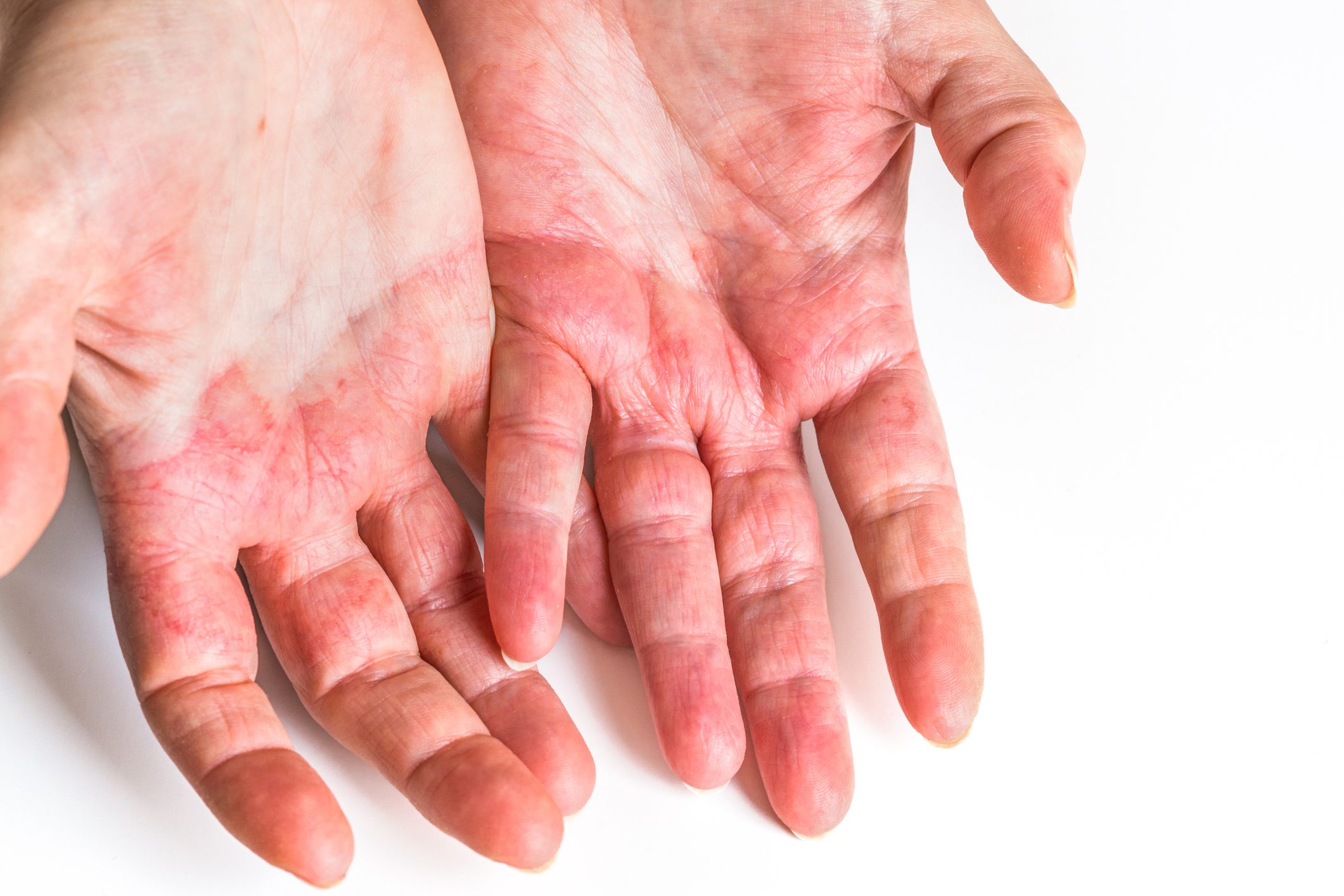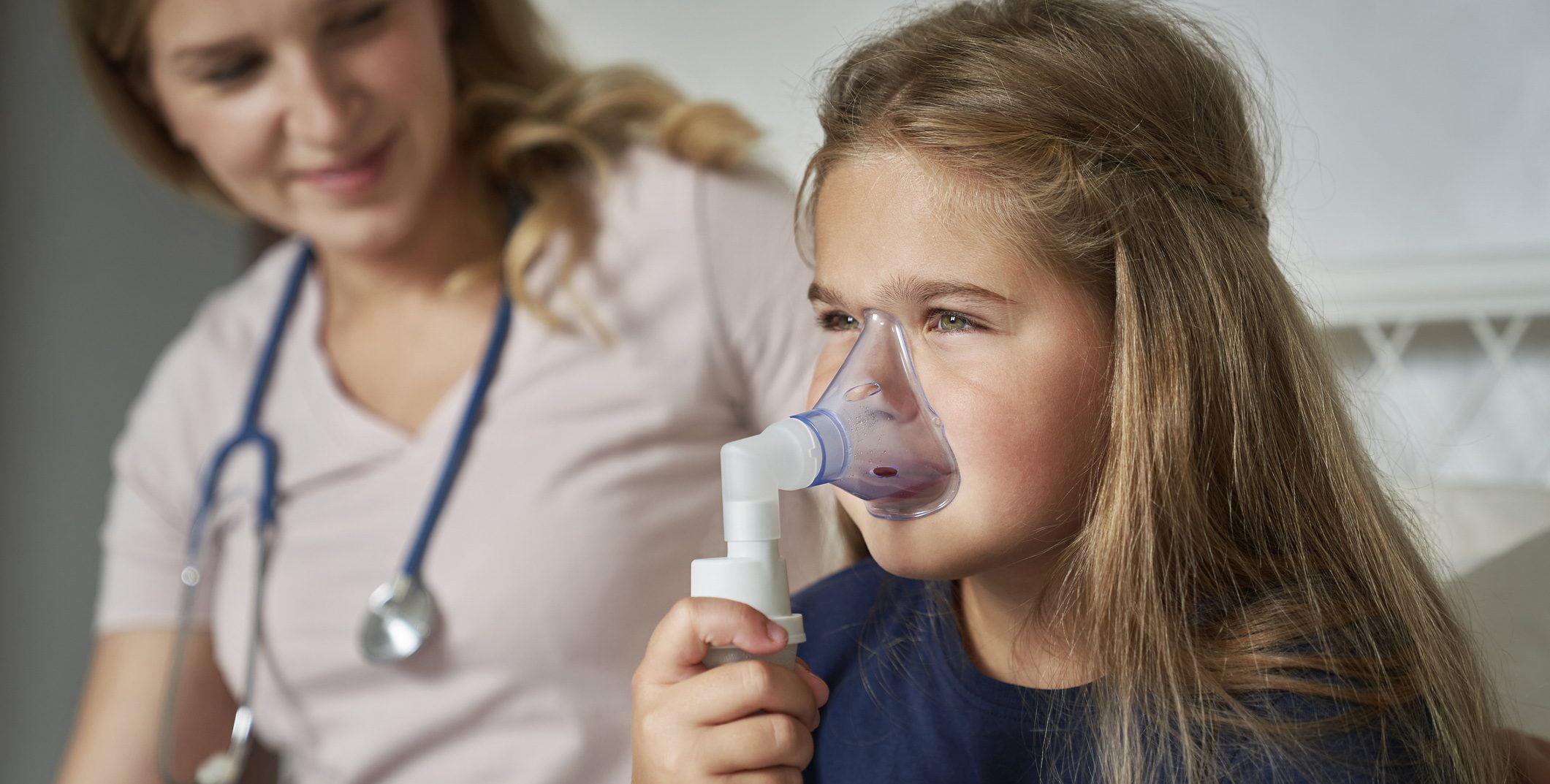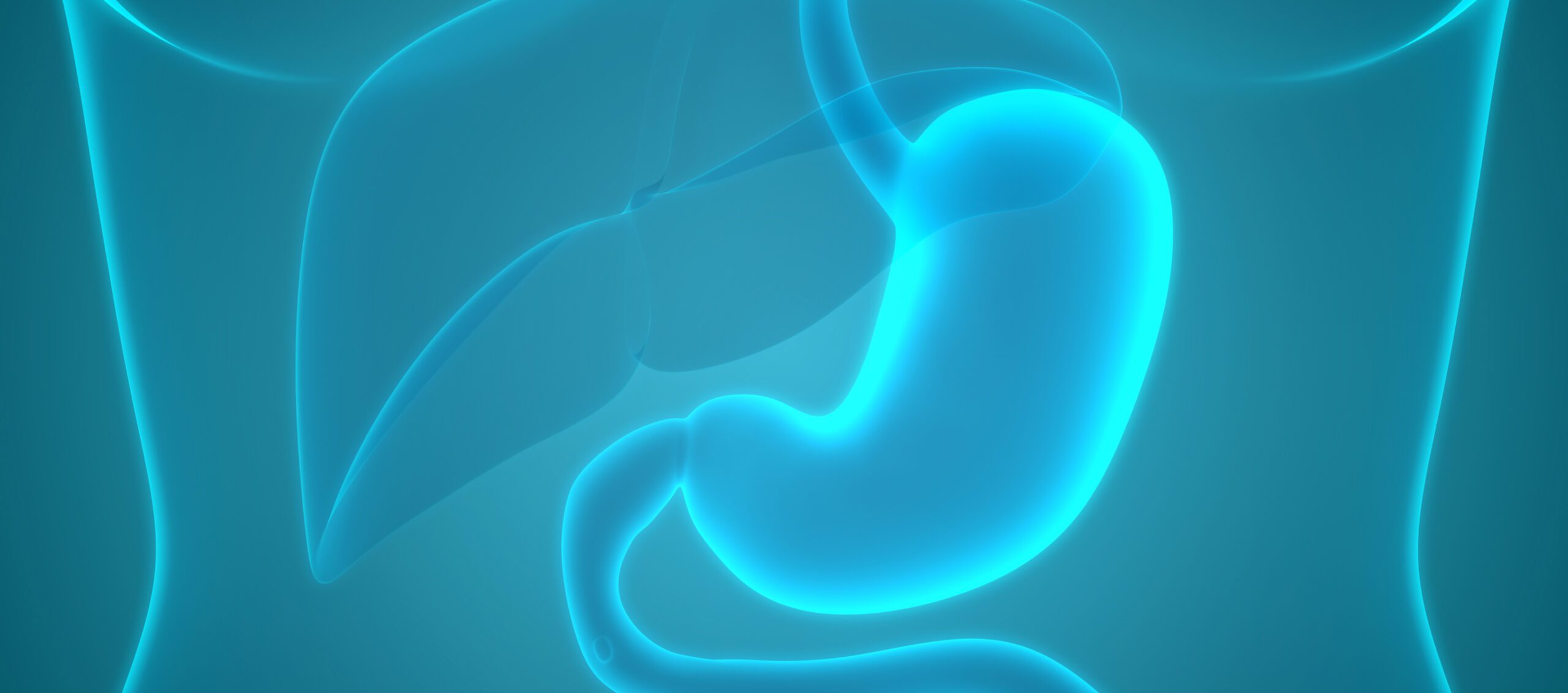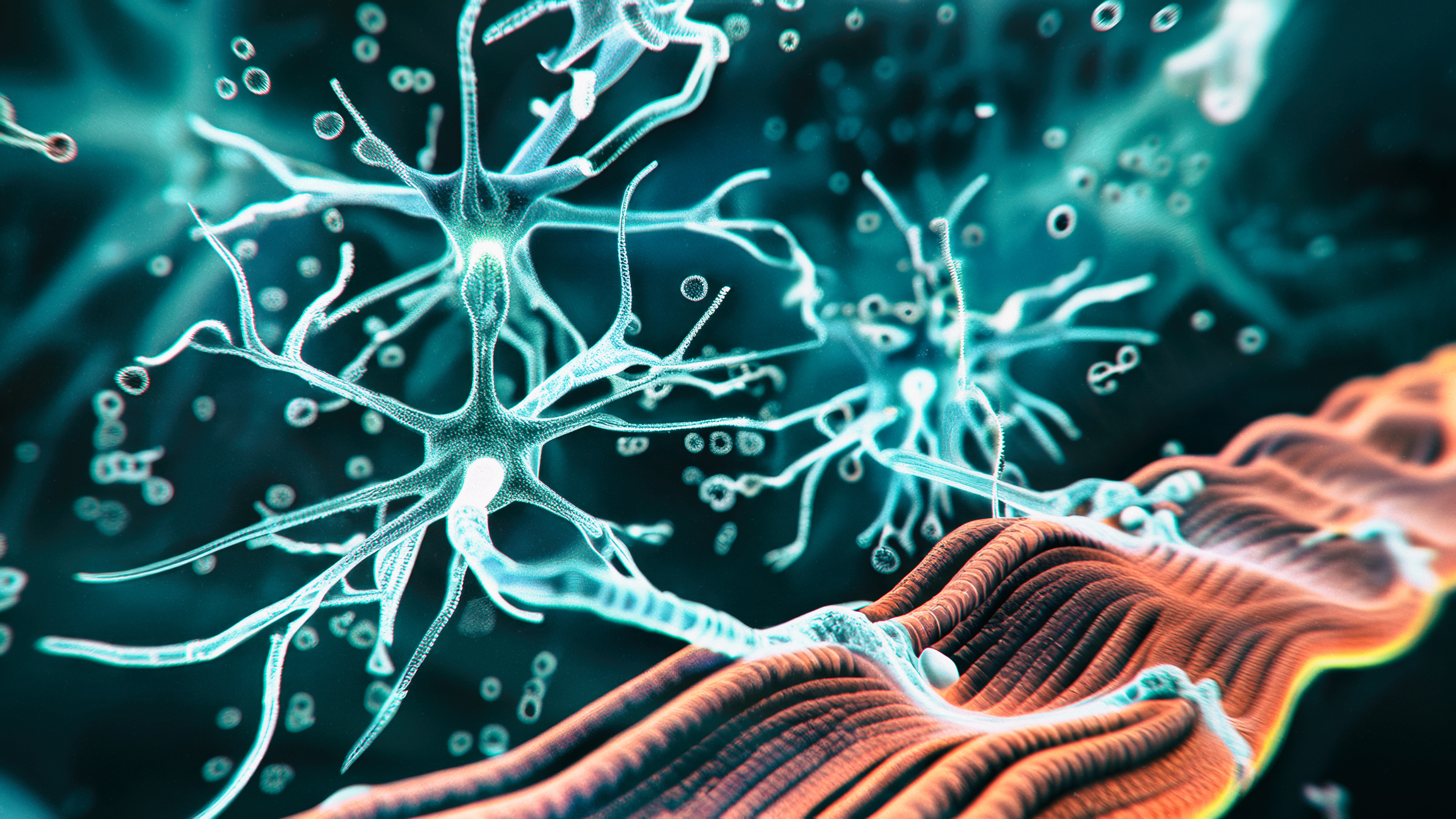Recent research findings indicate that Th2-associated immune cells and cytokines play an important role in the pathogenesis of prurigo nodularis (PN). This is the therapeutic target of the two biologics, which are seen as a beacon of hope for severely affected patients in particular. Dupilumab blocks the effect of IL-4 and IL-13 and was recently granted an indication extension for PN by Swissmedic. Nemolizumab, also a biologic, is directed against IL-31 and has already been approved in some other countries for the treatment of PN.
“Prurigo nodularis has a very negative effect on patients’ well-being,” emphasized Prof. Dr. med. Dagmar Simon, Head Physician, University Clinic for Dermatology, Inselspital Bern [1]. The most important thing for patients is that the itching subsides. Those affected often suffer from sleep disorders and the incidence of anxiety disorders and depression is above average in patients with prurigo nodularis (PN). PN manifests itself most frequently in middle-aged and older women [2]. “Prurigo nodularis is a subtype of chronic prurigo,” explained the speaker. The diagnosis of chronic prurigo can be made if itching persists for at least six weeks, there are signs of repeated scratching (e.g. excoriations and scars) and multiple localized or generalized pruriginous lesions are present [3].
Characteristic scratch lesions dominate the clinical picture
A clinical characteristic of PN are nodules/papules/plaques that are predominantly excoriated and partially scaly, sometimes with a whitish center and hyperpigmentation at the edges. The nodular skin changes are characterized by persistent itching. The scratching causes lesions on the skin [4]. As a result, excoriations form on the surface of the nodules, which tend to form keratotic or verruciform deposits and hemorrhagic encrustations [2]. Predilection sites for PN are the extremities and the upper back, according to the speaker [1]. Depending on the severity of the disease, nodules or skin lesions are present in varying numbers [4]. Histologic features of PN are hyperkeratosis, marked irregular acanthosis and vertical collagen fibers. Specific inflammatory lymphohistiocytic infiltrates, occasionally also with eosinophilic leukocytes, are detectable in the skin [5].
| The pathophysiology of prurigo nodularis is not fully understood, but study findings indicate that neurological and immunological mechanisms are closely linked. What is certain is that the itch-scratch cycle plays an important role. The reaction to repeated scratching leads to sensitization in both the skin and the nervous system, resulting in chronic prurigo, according to Prof. Dagmar Simon, MD, Inselspital Bern [1]. This involves a complex interplay of nerve fibers, keratinocytes, immune and inflammatory cells, which has been the subject of intensive research for several years [6]. |
Itch-scratch circle and neuro-immunological mechanisms
Reduced skin barrier function (e.g. due to filaggrin mutation) facilitates the entry of irritant substances that activate the release of inflammatory mediators in the keratinocytes and trigger inflammatory Th2 immune responses (Fig. 1). Activated Th2 lymphocytes (Th2 cells) lead to the migration and activation of macrophages, basophils and eosinophils. “This in turn leads to the secretion of cytokines, which can directly or indirectly induce itching,” explained Prof. Simon. The cytokines IL-4 and IL-13 cause, among other things, sensitization and direct stimulation of sensory neurons, proliferation of Th2 cells and migration of lymphocytes into the tissue [6]. IL-31 binds to the IL-31 receptor-alpha (IL-31Rα) and the oncostatin M receptor-beta, which are located on keratinocytes, dermal immune cells and sensory neurons in the epidermis and dermis [6]. “And interestingly, the nerve fibers in the dermis branch out,” says Prof. Simon. But it’s not just in the skin that something happens, but also in the nervous system, the speaker explained. Sometimes only minimal stimuli are needed to trigger an itch, i.e. the threshold is very low. Altered inhibitory receptor signals, which are responsible for itch transmission in the central nervous system (CNS), play an important role here, the speaker reported [1]. The CNS overreacts to minimal stimuli and also associates neutral stimuli with itching. In addition, hyperinnervation of the peripheral nerves occurs and the continuous production of inflammation-promoting cytokines leads to a (subliminal) activation of the peripheral nerves.
Several therapeutic targets
There is a stage-adapted treatment scheme for the therapy. “But in the future we will probably focus more on the new therapies,” Prof. Simon admitted [1]. This primarily refers to dupilumab and nemolizumab. The step-by-step procedure is as follows: Topical corticosteroids are used first; topical calcineurin inhibitors can be added if necessary. And especially in patients with localized forms, capsaicin sometimes works relatively well. Gabapentin, paroxetine or naloxone are also used. For systemic treatment, either classic immunosuppressants (Ciclosporin or MTX) can be used or, more recently, biologics.
Dupilumab and nemolizumab as new beacons of hope
Dupilumab (Dupixent®) was granted an indication extension by Swissmedic this year for adults with moderate to severe PN for whom prescription topical therapies are not effective [7]. The effects of this monoclonal antibody are based on binding to the α chain of the interleukin (IL)-4 receptor, so that the effect of IL-4 and IL-13 is blocked. In the double-blind, placebo-controlled phase III PRIME/PRIME2 study program, the efficacy and safety of dupilumab was investigated in 311 adults with uncontrolled PN. Dupilumab showed clinically meaningful and statistically significant improvements in itching and skin lesions compared to placebo. Patients were randomized in a 1:1 ratio and received 300 mg dupilumab s.c. or placebo every 14 days over a period of 24 weeks. All pre-specified primary and important secondary endpoints were achieved. A reduction of ≥4 points in the Worst-Itch Numeric Rating Scale (WI-NRS) at week 24 was achieved by 60.0% in the dupilumab study arm vs. 18.4% with placebo (95% confidence interval [KI]: 27,8-57,7; p<0.001) and at week 12 the corresponding values were 37.2% and 22.0% respectively (95% CI; 2.3-31.2; p=0.022) (Fig. 2 ). The safety signals were consistent with the known safety profile of dupilumab [8].
The anti-IL-31 receptor antibody nemolizumab is not yet on the market in Switzerland, but considerable results have also been achieved in clinical trials in the PN indication. In a phase II study, 70 patients with moderate to severe PN were randomized 1:1 to nemolizumab vs. placebo. In the treatment arm, the WI-NRS decreased by 4.5 points (-53.0%) at week 4 compared to 1.7 points (-20.2%) with placebo (95% CI; -46.8 to -18.8; p<0.001) [9].
Congress: Zurich Dermatology Training Days
Literature:
- «Prurigo nodularis», Prof. Dr. med. Dagmar Simon,
Zürcher Dermatologische Fortbildungstage, 22.–23.06.2023. - Bruckner-Tuderman L, Zillikens D (Hrsg.) O. Braun-Falco, Dermatologie, Venerologie und Allergologie. 7. Auflage Springer Verlag 2018; 761–777.
- Pereira MP, et al.: EADV Task Force Pruritus group members. European academy of dermatology and venereology European prurigo project: expert consensus on the definition, classification and terminology of chronic prurigo. J Eur Acad Dermatol Venereol 2018; 32(7): 1059–1065.
- Saco M, Cohen G: Prurigo nodularis: picking the right treatment. The Journal of Family Practice 2015; 64: 221–226.
- Lee MR, Shumack S: Prurigo nodularis: a review. Australasian Journal of Dermatology 2005; 46: 211–218.
- Ingrasci G, et al.: The pruritogenic role of the type 2 immune response in diseases associated with chronic itch. Exp Dermatol 2021; 30(9): 1208–1217.
- Swissmedic: Arzneimittelinformation, www.swissmedicinfo.ch, (letzter Abruf 20.09.2023)
- Yosipovitch G, et al.: Dupilumab in patients with prurigo nodularis: two randomized, double-blind, placebo-controlled phase 3 trials. Nat Med 2023; 29(5): 1180–1190.
- Ständer S, et al.: Trial of Nemolizumab in Moderate-to Severe Prurigo Nodularis. NEJM 2020; 382(8): 706–716.
- Wong L-S, Yen Y-T: Chronic Nodular Prurigo: An Update on the Pathogenesis and Treatment. International Journal of Molecular Sciences 2022; 23(20): 12390. www.mdpi.com/1422-0067/23/20/12390 (letzter Abruf, 20.09.2023).
DERMATOLOGIE PRAXIS 2023; 33(5): 38–39














